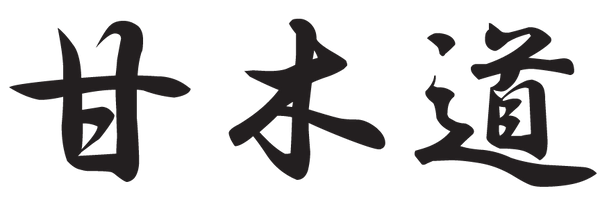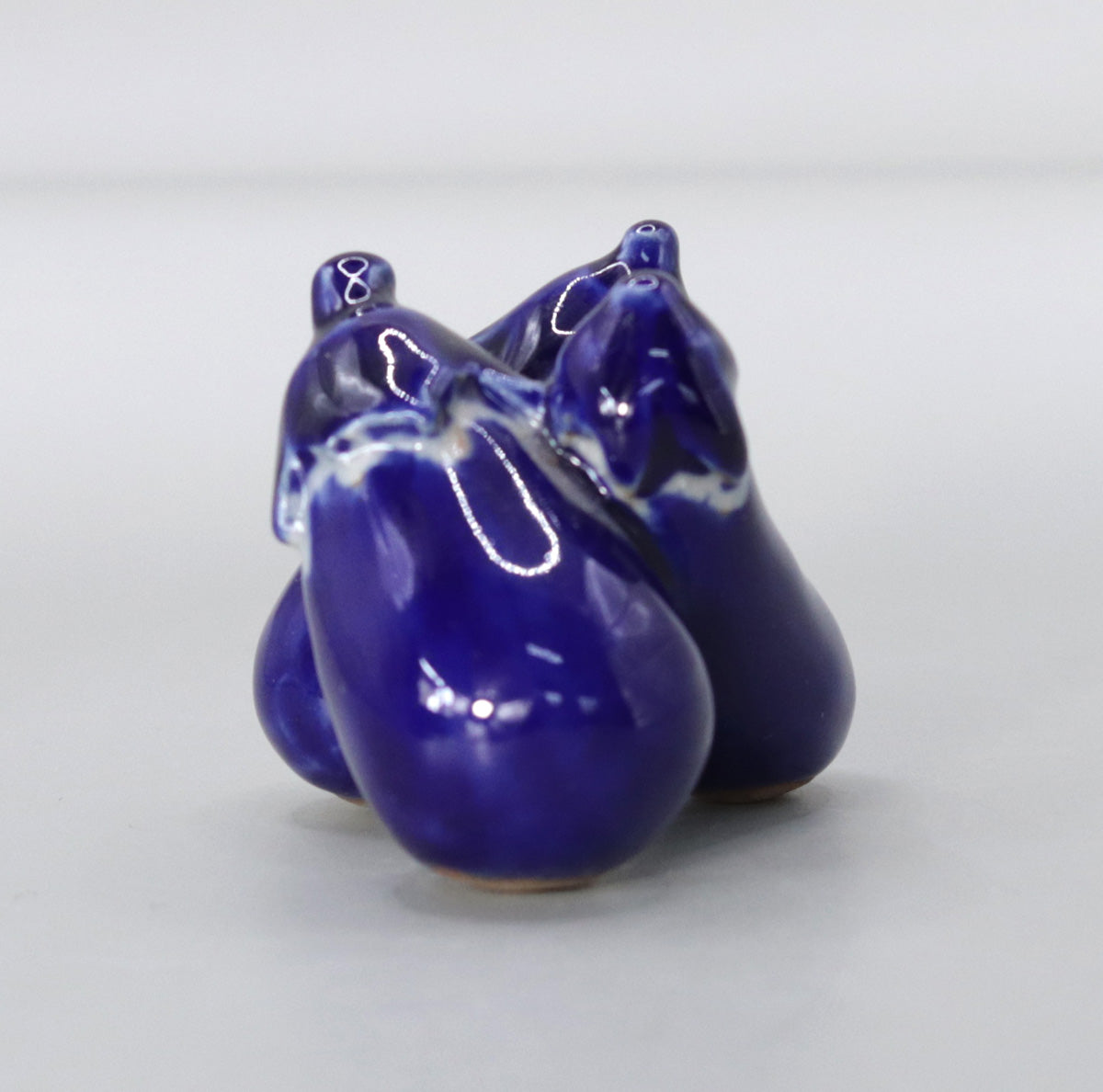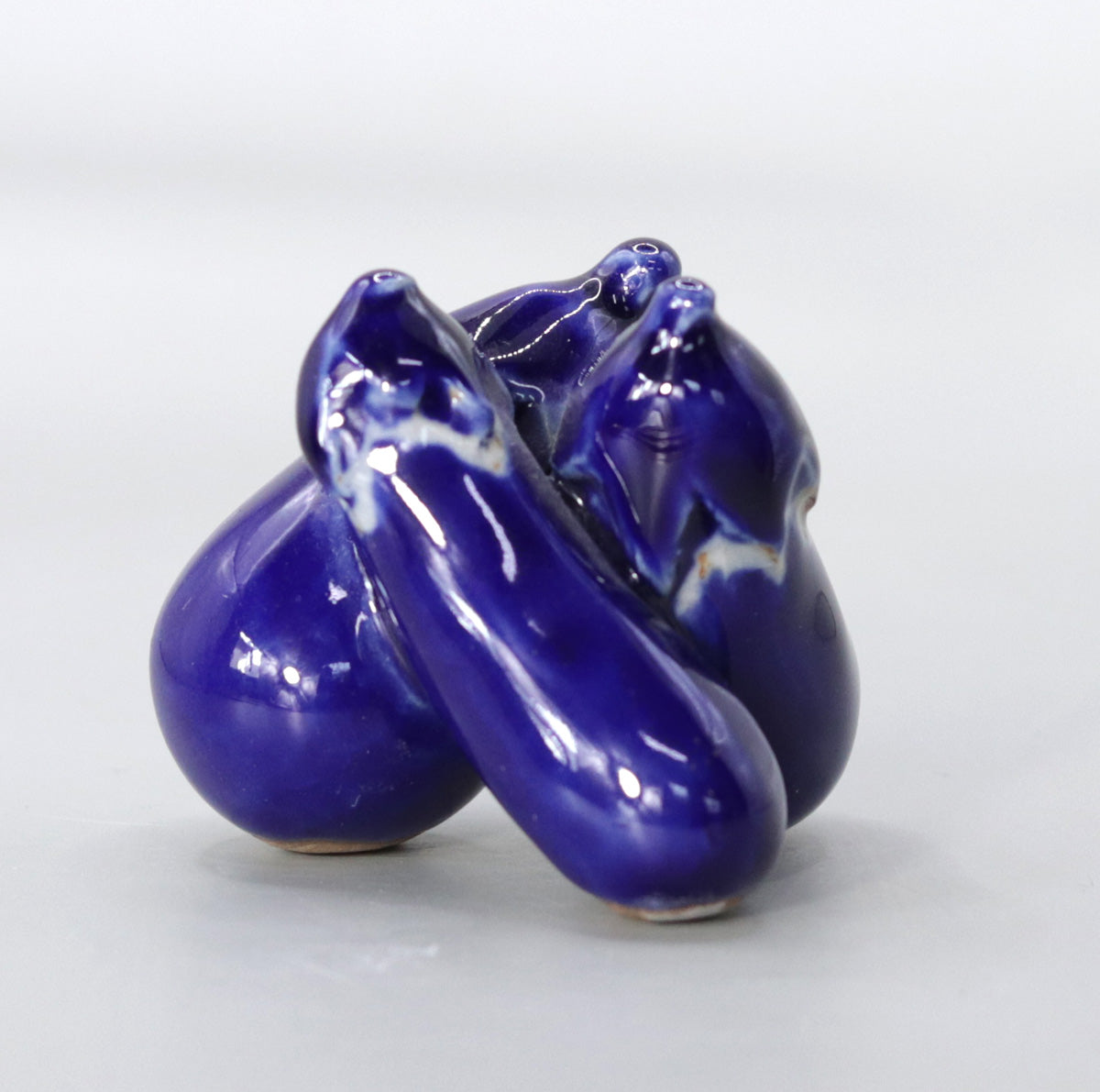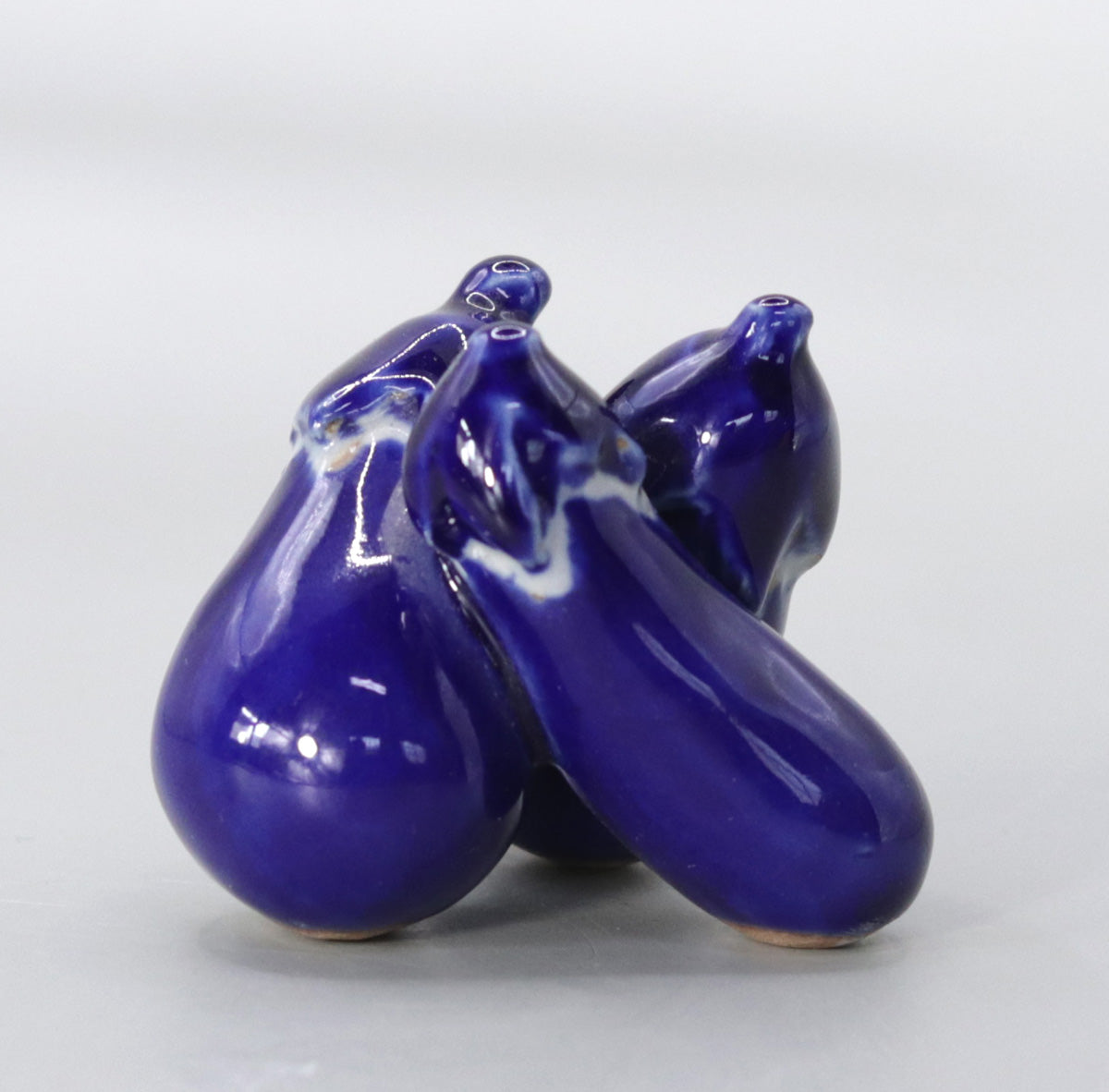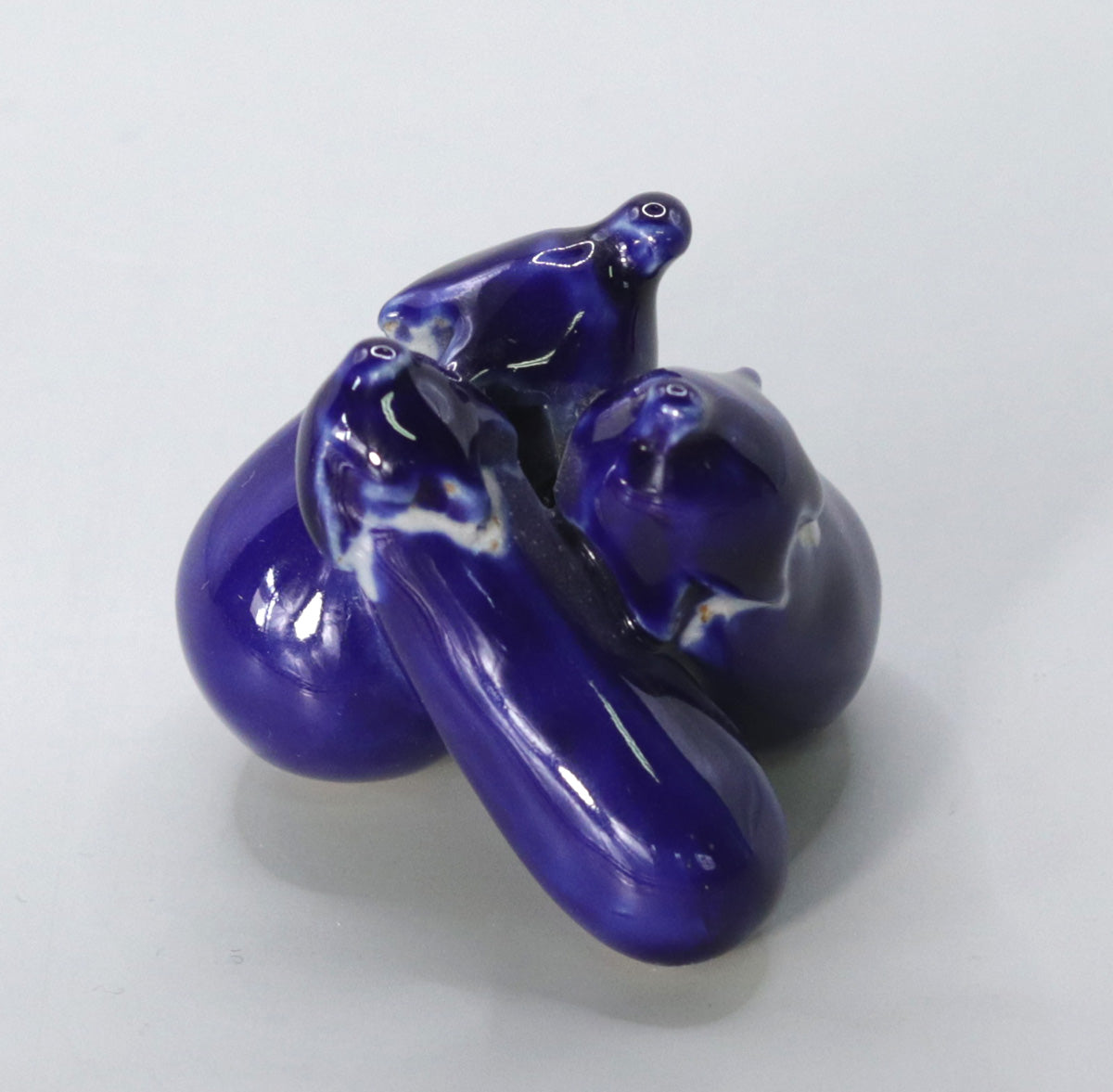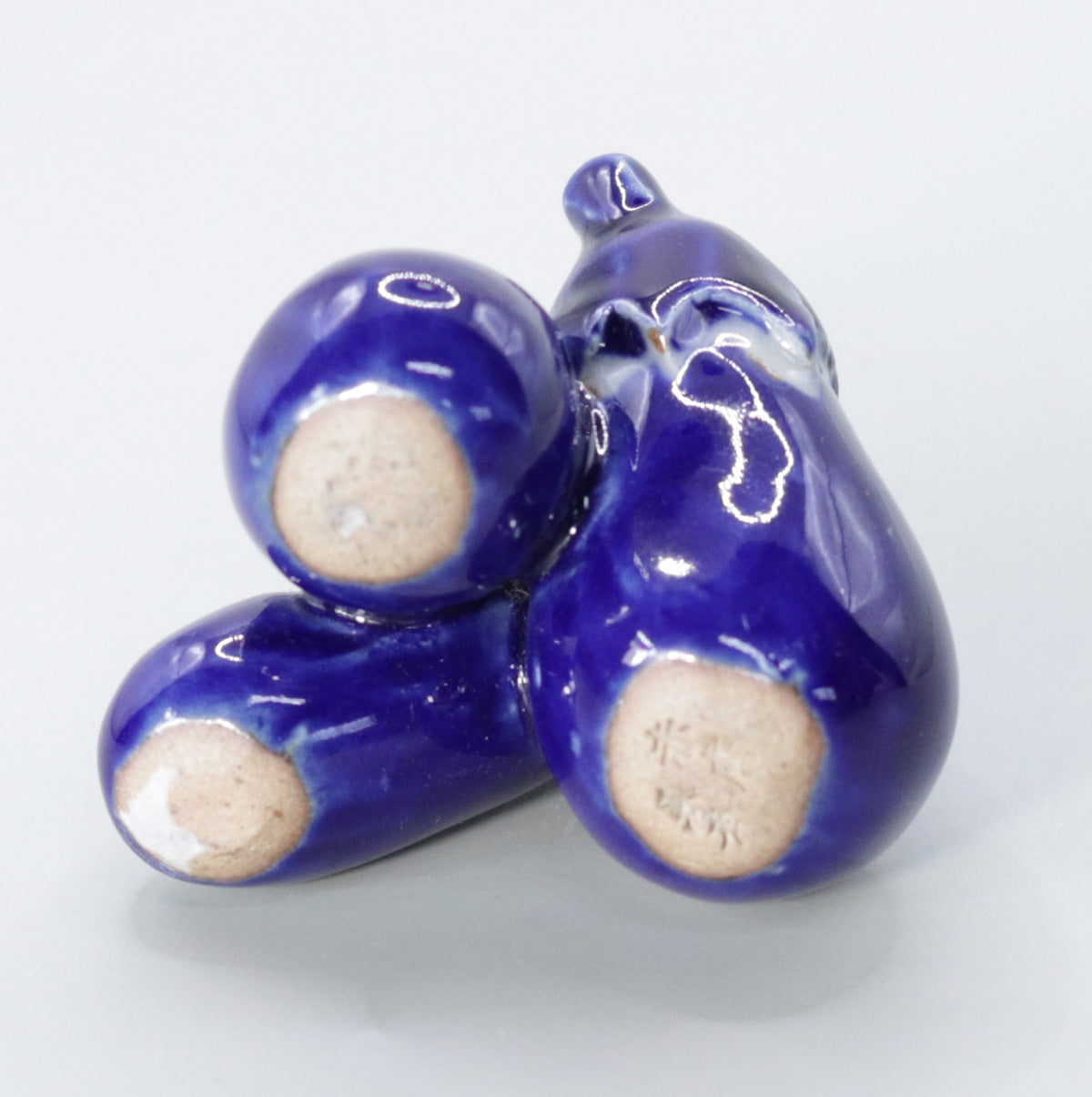Three Eggplant Lid Rest by Rakusai Onishi
Three Eggplant Lid Rest by Rakusai Onishi
Couldn't load pickup availability
Width: 5.8cm x 5.0cm Height: 5.0cm
Three-Eggplant Lid Rest (San-nasubi Futaoki) Made by Rakusai Onishi
--The auspicious omen "First, Fuji, second, a hawk, third, eggplant" is added to the edge of the water jar --
1. Overview of the work
This is an eggplant-shaped lid rest made by Yashiro Onishi Rakusai, a potter of Akahada ware from Nara. The three eggplants nestle together to form the character “hin” (product), providing a sense of stability that can firmly support the weight of the kettle lid when a ladle is placed on it. Although it is a small piece that fits in the palm of your hand, the lustrous color of the deep lapis lazuli glaze gives it a presence that brings a cool breeze to the scenery of the teahouse.
2. Beauty of form and function
Triangular structure created by three pieces <br data-start="273" data-end="276">By bundling three eggplant pieces together, it naturally creates three-point support, so the kettle lid will not tilt no matter which side is facing forward. The fact that it can be used as a decoration, whether placed on the floor or placed next to it, regardless of the front is a practical advantage for a lid rest.
Prominent stem and firm body The stem of the eggplant is raised sharply to create a visual accent, while the body is slightly more rounded than the real thing to emphasize its "plump fruit." Highlights change depending on the viewing angle, highlighting the gradation of the lapis lazuli glaze.
3. The joy of glazes and firing
The lapis lazuli glaze that covers the entire body is a feldspar glaze mainly composed of cobalt, and has a deep indigo-purple color due to reduction firing at around 1240℃. A thin layer of white glaze is applied around the stem, and the white that flows during firing creates a border that emphasizes the contrast with the purple-purple color. The slight milky cloudiness that appears is a fusion of the limestone contained in the akahada clay and the silica in the glaze, creating a scene that seems to reflect the flickering of the flames.
4. The auspicious nature of eggplant motifs
Eggplants are associated with the word "achieve" and have been popular since ancient times as a lucky motif representing success in life and the fulfillment of great wishes . Furthermore, as seen in the proverb "First Fuji, second a hawk, third eggplant," seeing an eggplant in the first dream of the New Year is considered the third auspicious sign. The use of an eggplant lid rest can also be seen as a way of quietly praying for the fulfillment of guests' aspirations at a tea ceremony.
5. Positioning of the Seven Types of Lid Rests
There are seven basic designs for lid rests called "Shichishu no Lid Rests," and the eggplant has been a favorite of tea masters since ancient times, along with the gourd, chestnut, trefoil, crab, trivet, and snowflake. Among them, the three eggplants are a type that has a playful shape and adds a coolness and charm when placed together.
6. Seasonal combinations
| Tea ceremony season | Ideas and Production | Recommended flowers/stem | Incense |
|---|---|---|---|
| Midsummer (June to Doyo) | Emphasizing the cool feeling of the lapis lazuli glaze, perfect for "summer purification ceremonies" and Tanabata parties | Dayflower and Sandalwood Scroll "Uninterrupted Clear Stream" | Sandalwood-based incense paste |
| Early Autumn (Hokkaido ~ White Dew) | "A Scene of Waiting for the Harvest" in line with eggplant season | The axis of a balance pole, and the flower, Lady's mantle | A piece of Kyara |
| New Year's first kettle | The lucky charm of "First Fuji, second a hawk, third eggplant" | Scroll "Laughter brings good fortune" by Kazue Wakamatsu | Incense stick "Zuiun" |
7. Mr. Onishi Rakusai's approach to pottery
Onishi Rakusai has adopted the philosophy of "bringing the elegance and auspiciousness of Nara into modern tea pottery," and is enthusiastically creating pieces that feature symbols of Yamato such as deer, temple bells, and shio, as well as eggplant, a fruit associated with good fortune. In this piece, he has established a unique aesthetic that blends tradition and modernity by applying a rich lapis lazuli glaze to the soft clay unique to Akahada clay. The prayer of "achieving" is condensed into the small stage of the lid rest, and sublimated into a tool that gently connects the host and the guest.
8. Summary
Shining in a deep lapis lazuli color, the Three Eggplant Lid Rest is a versatile tea ceremony utensil that combines the coolness of midsummer with the auspicious sign of the New Year. When held in the palm of the hand, a subtle shimmer of light appears on the glaze surface, subtly conveying the wish for the "fulfillment of three wishes" that the three eggplants will grant. Please enjoy Onishi Rakusai's skillful shaping and the exquisite glaze tones at any time of the year.
A conversation with Rakusai Onishi – High-end pottery specialty store [Amagi-do]
Share
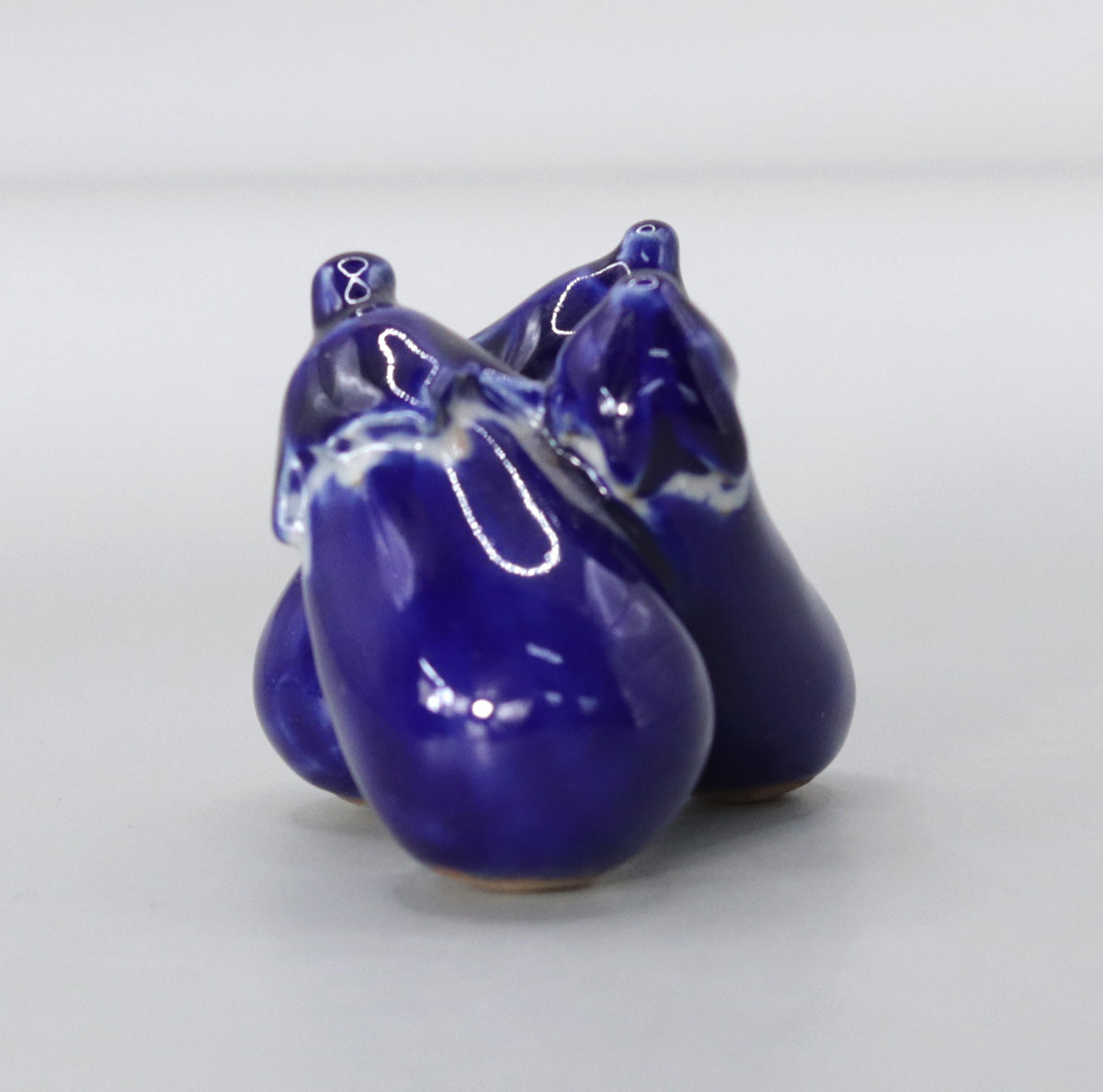
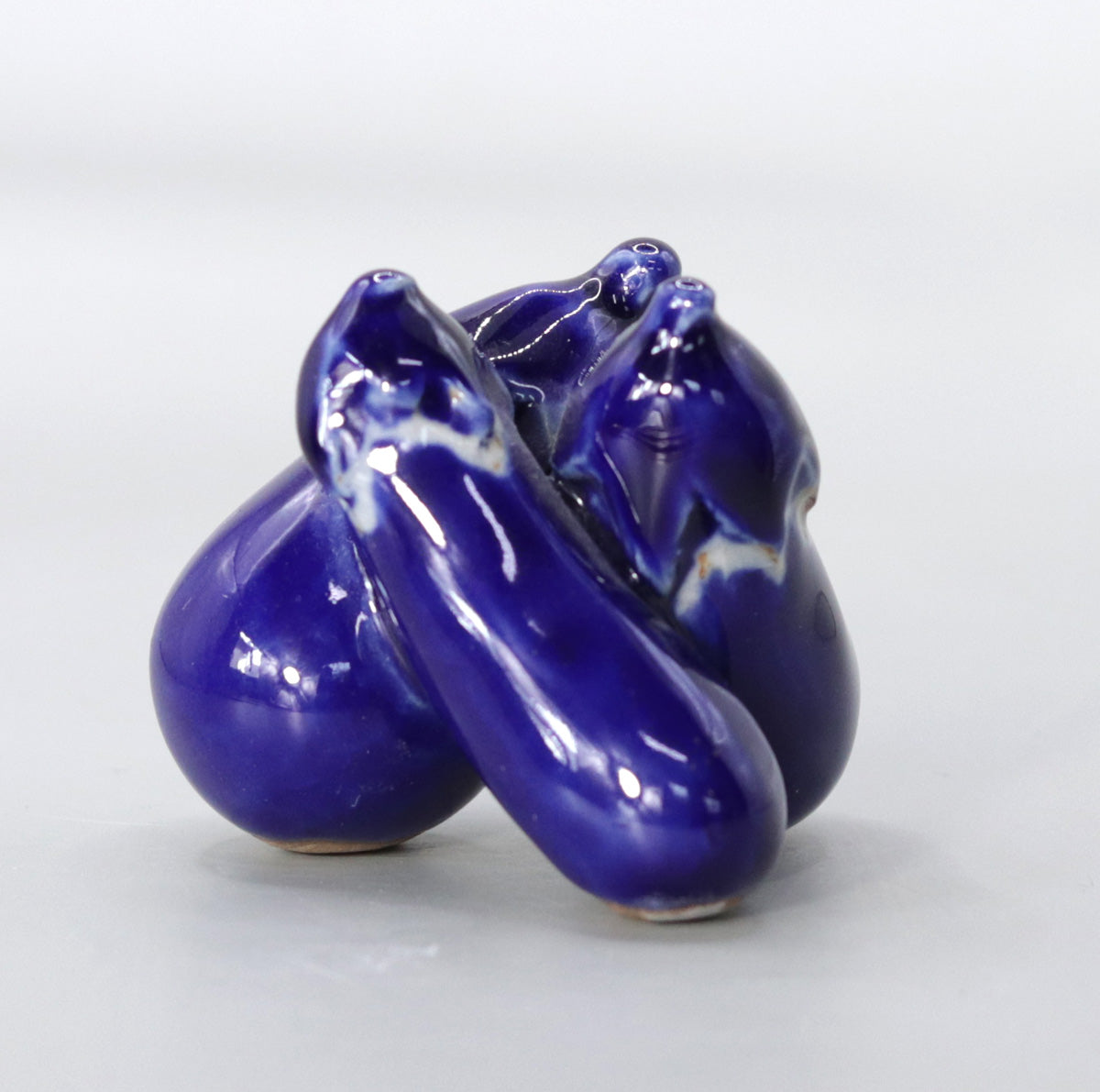
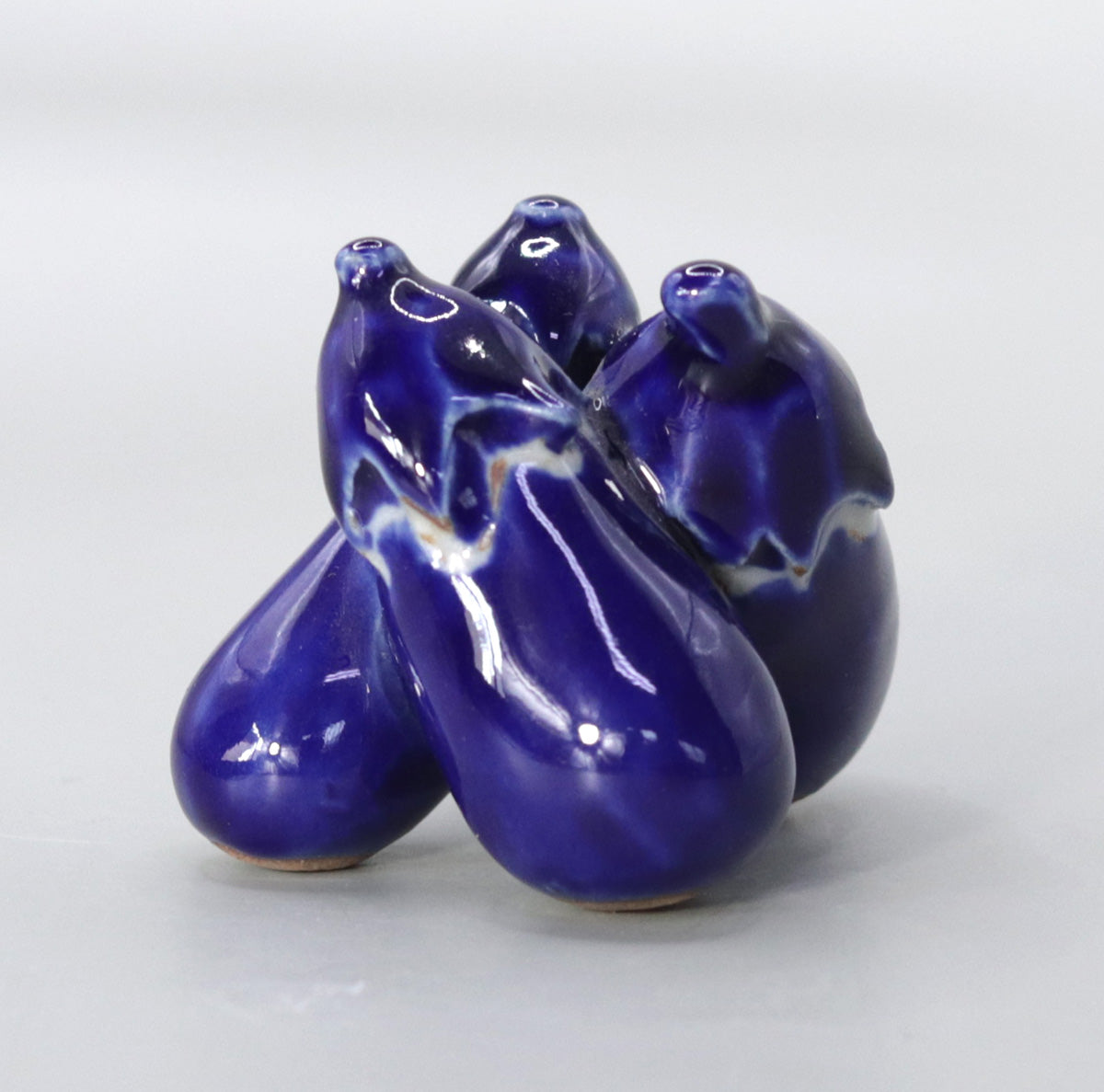

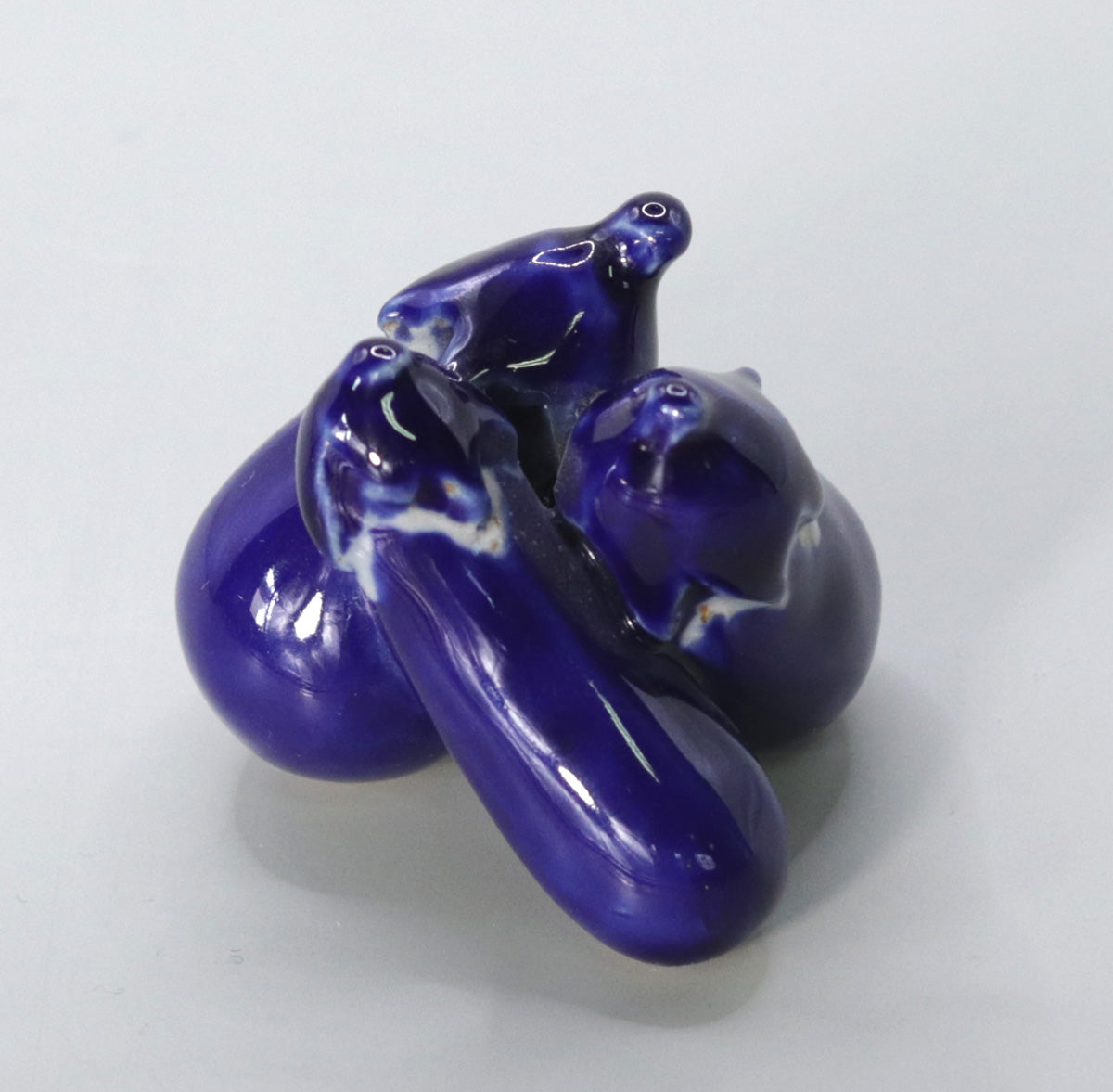
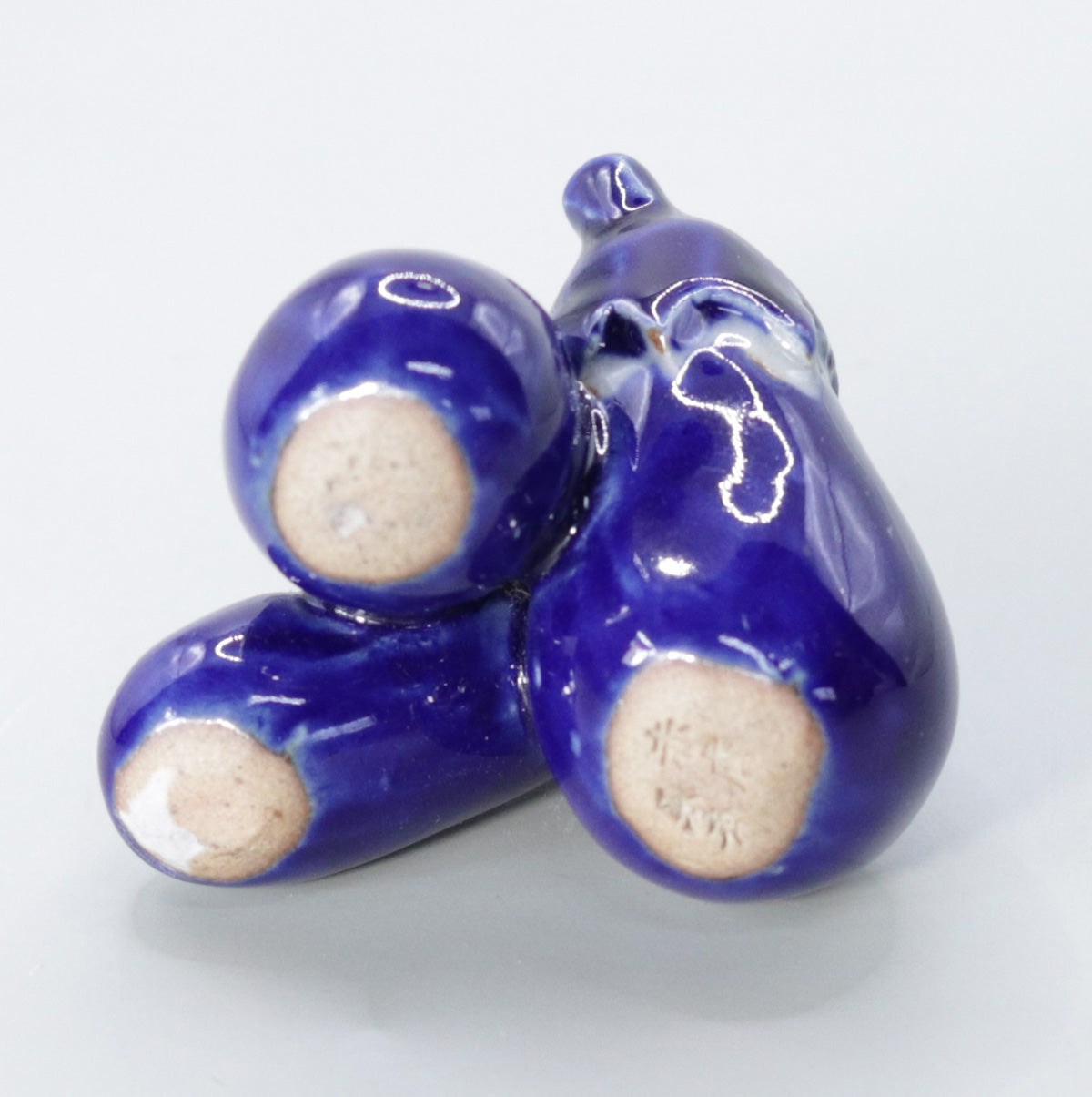
Multi-Column
-
[I will send it to you quickly and carefully]
We carefully package each product in a way that suits it best.
Also, delivery times vary depending on the piece (vessel, etc.).
Items that already come with a box will be shipped within 1-3 days of the order date.
For items that require a box to be made after your order, it will take approximately 30 days for production to be completed and then shipped.
In either case, once we have confirmed your order, we will contact you by email to inform you of the delivery date.
-
[Requests when purchasing pottery]
Even products that look the same may differ slightly in color, shape, size, etc.
The way the glaze is used, the power of the kiln, the firing method, the season, and the humidity also affect the appearance of the pottery.
Please understand the individuality of each piece of pottery and enjoy the unique warmth of handmade.
